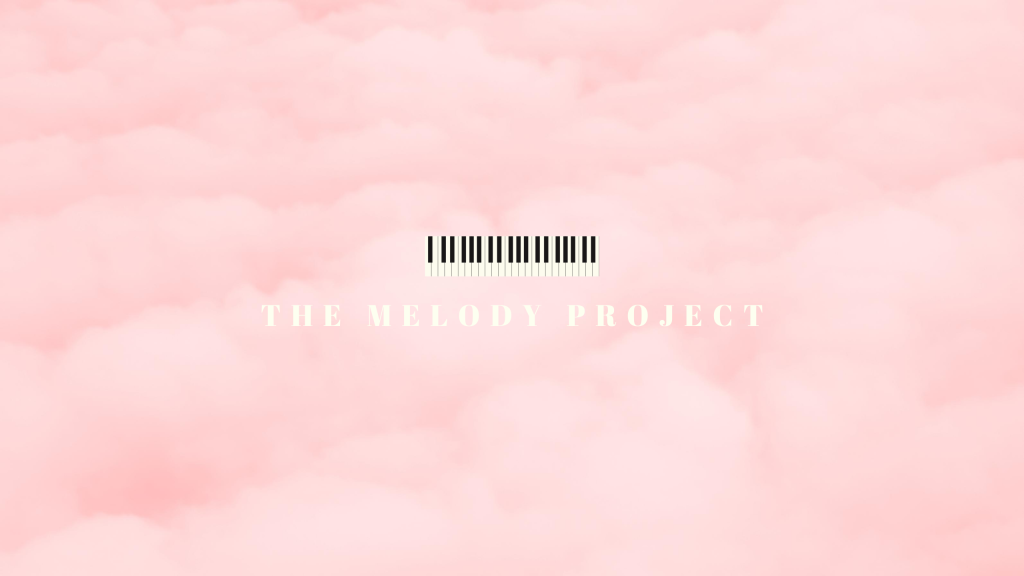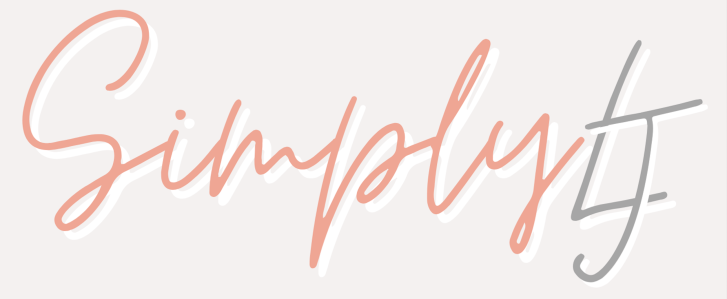So you want to play the piano? Or perhaps you’re interested in the guitar? No matter what instrument you choose, one of the first things you should learn is to read notes.
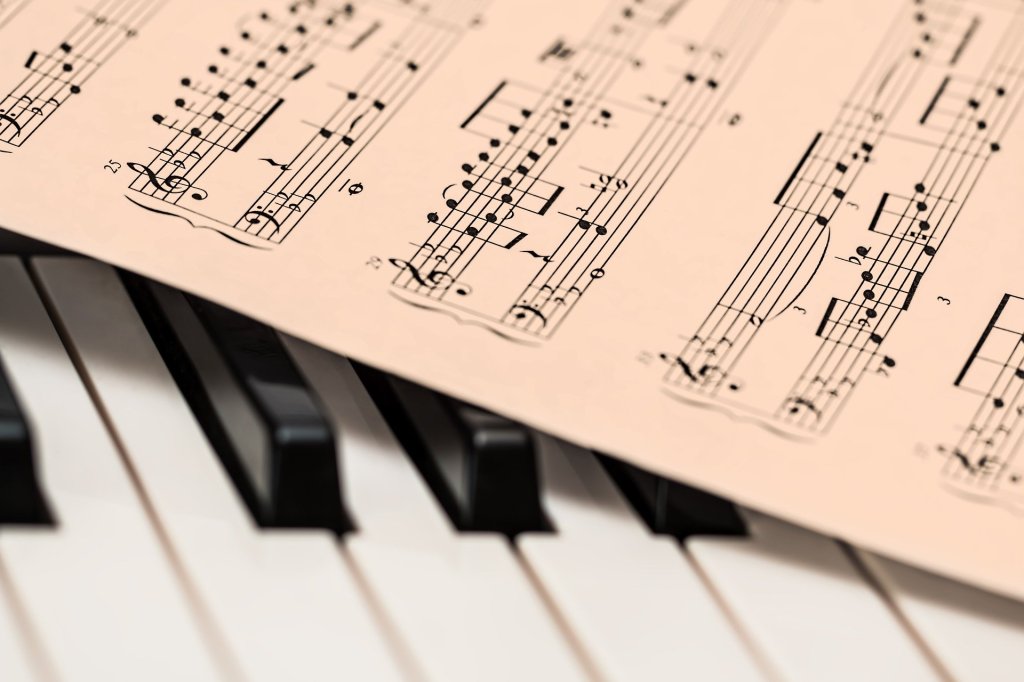
As a music instructor (and blogger) I felt that creating this basic guide was necessary, after hearing from friends that they wished they continued taking piano lessons. Regardless of your age or experience, it’s never too late to learn how to read sheet music and play it too.
I genuinely hope this article will help you get started on your music journey and simply play! The topics we are going to be covering are:
Rhythm Notation
What is Rhythm? The first thing that comes to mind whenever I hear the word rhythm is the Phineas and Ferb episode where the boys tried to get a drummer to rejoin his band, Love Handle for a reunion performance. The drummer, Sherman, was working as a librarian and claimed that, “he ain’t got rhythm”. Clearly, he had rhythm… but just forgot that he had it. To put it simply, rhythm is a pattern of sounds.
4 Basic Rhythm Notes You Should Know
A key thing to remember is that music, just like us, has a heartbeat. The beat is usually steady but can sometimes speed up or slow down mid-song for dramatic effect. Pictured below is the quarter note. This note is equal to 1 “heartbeat” or simply one beat.
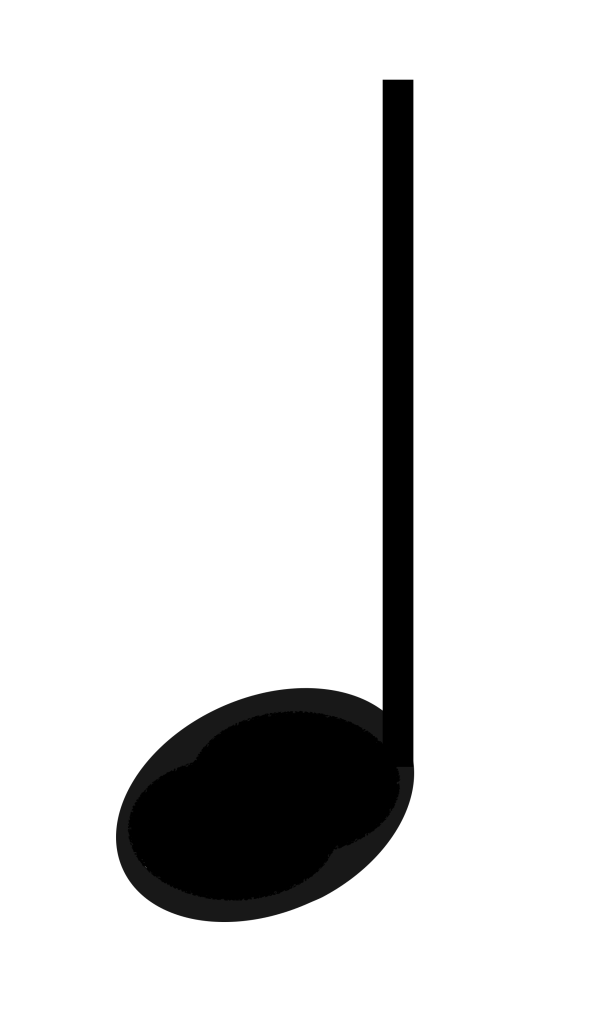
Quarter note is held for 1 beat.
Notes can be short (like the quarter note) or they can be longer. The half note is held for 2 beats and looks just like a quarter note except its head (the circle part) isn’t coloured in. Here’s what the half note looks like:
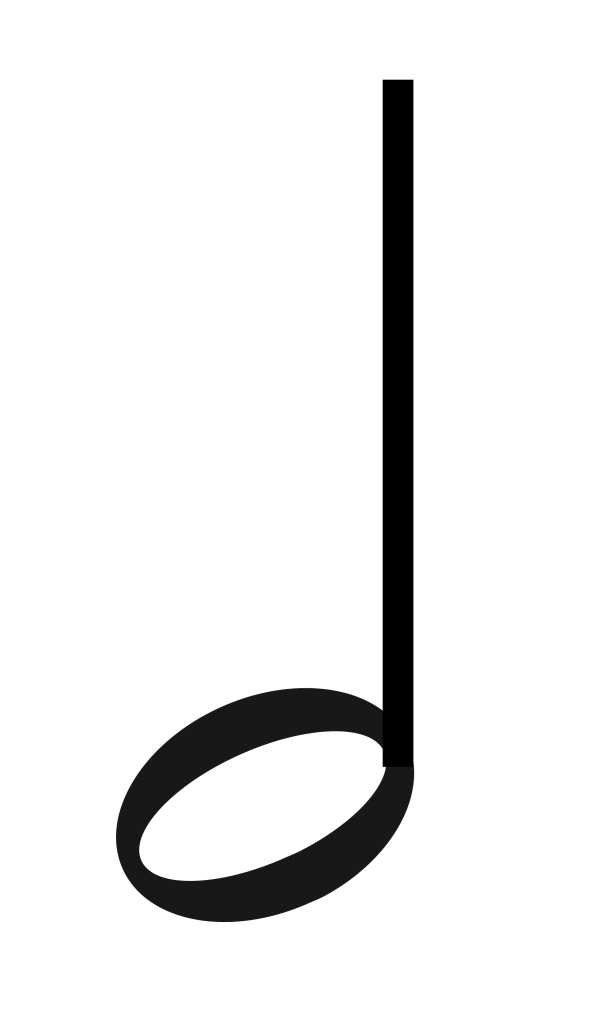
Half note is held for 2 beats.
Next up we have the dotted half note. Visually, this note is identical to the half note except it has… well, a dot. This note is held for 3 beats. The dot adds half the value of the note in front of it to the total value of the note (Since the half note = 2 beats -> half of 2 equals 1 -> 1+2 = 3 beats)
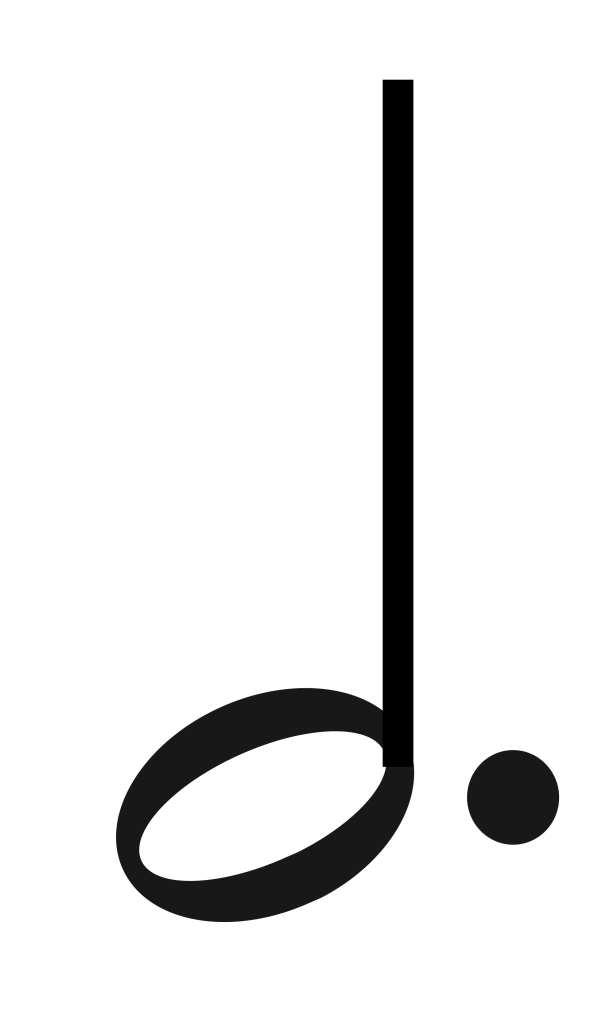
Dotted half note is held for 3 beats.
Finally, we have the whole note, which is held for a total of 4 beats. Unlike the previous notes which have a stem, the whole note is just an uncoloured head.

Whole note is held for 4 beats.
Great! So you’re now a little more familiar with rhythmic notation. Here’s a familiar song that features quarter notes and half notes:

At first glance, you probably didn’t notice that this song is in fact, Twinkle, Twinkle Little Star. What if we added some lyrics?

Does this look a little better? Maybe. But it still seems a little hard to read. What if I added some bar lines?

Bar lines organize notes into sections called measures (or alternatively, bars). Each measure must contain the same number of beats. In the example above, each measure contains 4 beats. Organization is key in reading music.
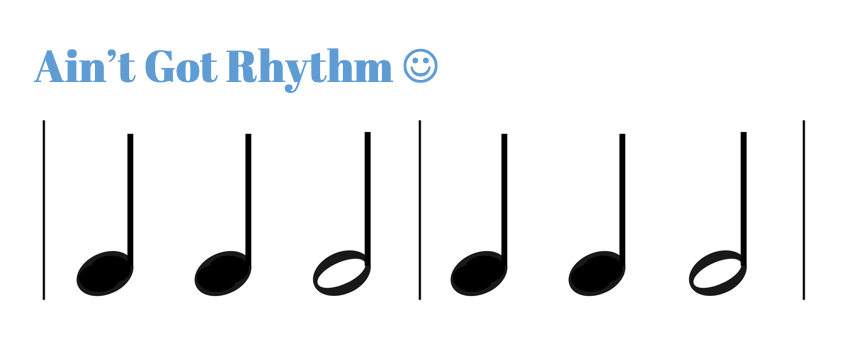
If you can clap out the rhythm Sherman the librarian was making with his books, then yes, you have rhythm.

The Grand Staff
Now that you know how to read rhythm, it’s time to read pitch. Music is made up of low, medium, and high sounds. These sounds are notated onto a staff, which are the horizontal lines found in sheet music. The music staff is made up of 5 lines and 4 spaces:

Pianists actually have to read two staves, one for each hand. The bottom staff is played by the left-hand, while the top is played by the right. This also applies to other instruments such as the organ, harp, and marimba. Notes can be placed on either the lines or spaces of the staff, with those closer to the bottom being lower-pitched, and those towards the top being higher-pitched. The clip below showcases low to high sounds on the piano. Notice that low and high refers to the pitch of the note and not the volume.
As mentioned previously, many instruments use two staves at the same time and that is because of their range in pitch. On the bottom staff, you’ll find the bass clef, which again represents lower sounds. The top staff features the treble clef which represents higher sounds.

The combination of the two staves is called the Grand Staff. As you can see, the two staves of the grand staff are connected with what we call a brace. This indicates that the notes on both staves are being played simultaneously. Now that may seem intimidating, but it’s pretty easy (and fun) to read once you get some practice.
Let’s learn our ABCs… again!
So it may sound silly, but all music beginners have to re-learn the alphabet… kind of. The music alphabet is made up of seven letters: A B C D E F G. The first thing to remember is that we never go past G (and never reach H). Essentially, the music alphabet is just the same seven letters repeated over and over until (in the case of a piano) you reach the last key.

With the music alphabet under your belt, you can now apply it to the notes on the Grand Staff. Here is what the Grand Staff looks like with notes:

Now you may be thinking, “How am I supposed to remember this?”. The answer, by using acronyms and guide notes.
Guide Notes
Remembering the notes on the grand staff can be challenging using the wrong approach. I remember learning about the staff for the first time and being completely overwhelmed because my instructor literally had me write out every single note on the staff repeatedly until I had it mostly memorized.
While the repetition worked for me, it isn’t the friendliest way to share it with others. Personally, I find it easier (and much more effective) to memorize the notes in chunks. Here are some simple tricks to help with note identification:
Treble Clef Notes
The treble clef, being on the top staff, holds all the higher-pitched notes. To remember the notes on the lines (E G B D F), you can use this phrase: Every Good Boy Deserves Fudge (the first letter of each word in the phrase are all the line notes on the treble clef). Conveniently, the notes in the spaces spell out F A C E.

Bass Clef Notes
The bass clef is home to the lower-pitched notes of the staff. Similar to the treble clef, you can use a phrase to remember the line notes (G B D F A) on the bass clef: Good Boys Deserve Fudge Always. For the space notes (A C E G) you can use the phrase: All Cows Eat Grass.

These phrases are just a suggestion, and so you are more than welcome to change them up to your liking.
The (Fun)damental Five
Memorizing the guide note phrases can be useful when you’re just starting to read notes, but they can also hinder your speed. Music varies in tempo (speed) and can change rapidly in the middle of a song. For this reason, it’s best to memorize a set of notes and use directional reading to figure out surrounding notes. This is where the fundamental five comes in (Just a disclaimer, the fundamental five is not an official term, but it’s a concept I use to help my students build their note-reading speed). The notes that make up this group are:
- Treble C
- Treble G
- Middle C
- Bass F
- Bass C
The fundamental five is made up of the 3 Cs in the grand staff along with Bass F and Treble G. Bass F is quite easy to remember as its found on the line that is in-between the two dots of the bass clef. Treble G is located on the second line from the bottom of the treble clef. The picture below illustrates the placement of the five notes.

Memorizing the fundamental five will help you read music faster as you wouldn’t need to go through each acronym to identify a note. After all, the fun part is actually playing music, not sitting and reading notes all day.
Dynamics
You may not realize it, but by learning to read music, you’ve essentially learned a new language. Reading notes is like learning new words and new ways to express yourself. Of course, it isn’t enough to just read notes, but you also have to practice conveying them so that it evokes emotion. To add depth to a song, we use dynamics, which represent loud and soft sounds (the volume in which you’re playing). This chart from Music Reading Savant summarizes dynamics:
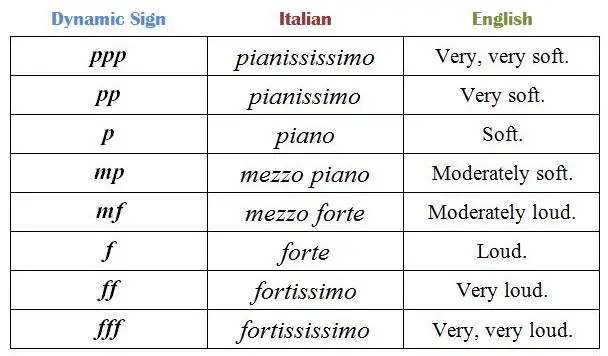
As you play more music, you will notice these markings pop up in some measures. Pay attention to dynamics so that the song doesn’t sound boring and dull.
Let’s Play!
Rhythm, notes, and dynamics are just the backbone of any good song. The final ingredient to any good song is a great performer. Music isn’t just notes on a page, but it’s a story.
John Lennon composed Imagine as a way to express his desires for peace and unity. An article in Rolling Stone magazine featured Lennon’s wife, Yoko Ono, where she commented, “”Imagine” was “just what John believed: that we are all one country, one world, one people. He wanted to get that idea out.”
On the other hand, BTS created their album Love Yourself: Answer as way to teach themselves and their fans (ARMY) the importance of self-love.
Indeed, music is made for a purpose and is used as a canvas to express yourself. I hope that this guide was useful and sparked excitement to learn an instrument. Please feel free to leave a comment or question below; I’d love to hear if this guide was of any help or inspiration to you.
-LaarniJane♡
